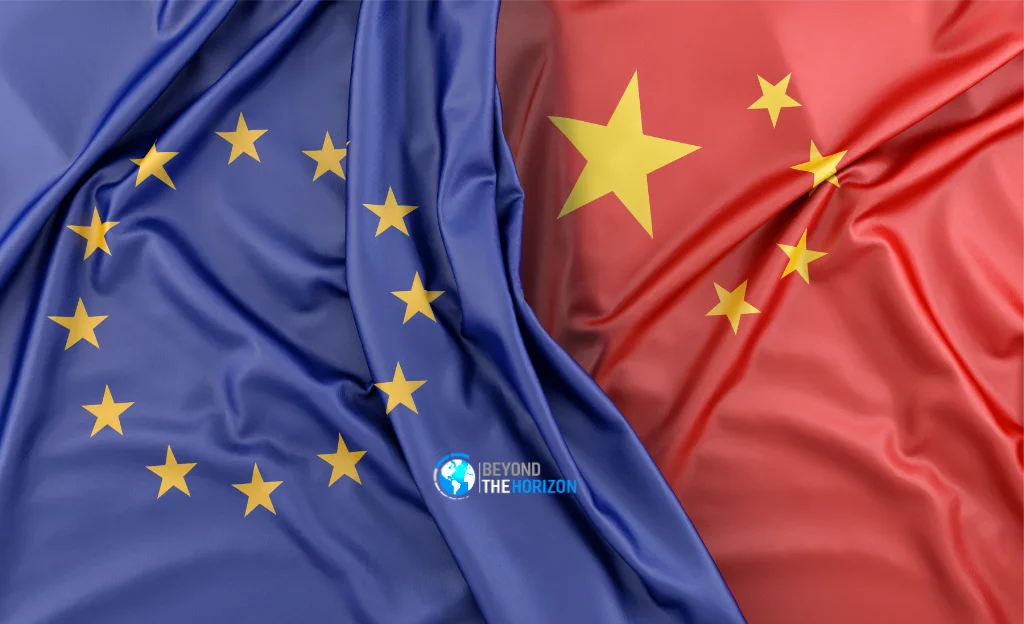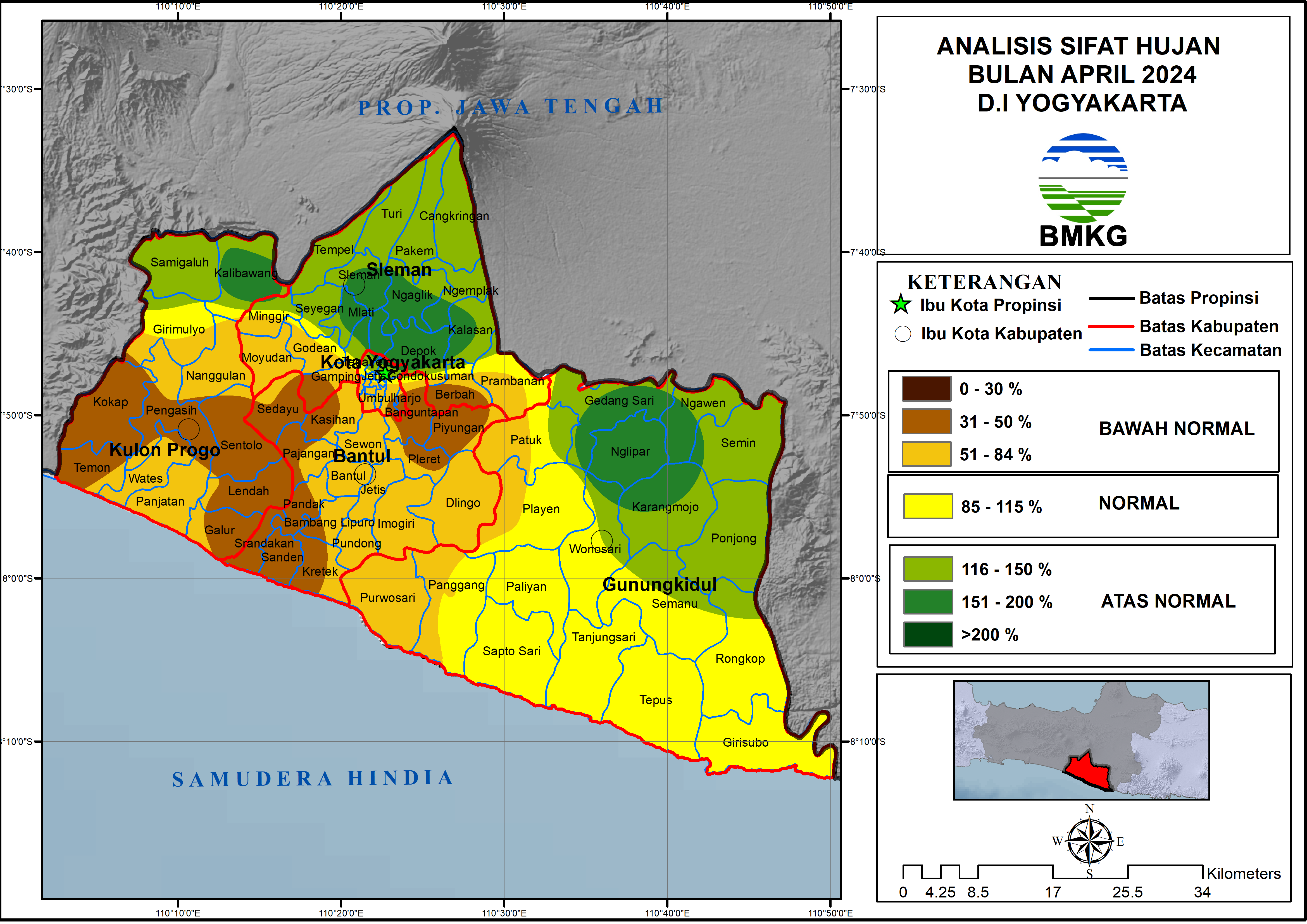US Tariffs And The Asia Summit: Navigating Shifting Alliances With China

Table of Contents
The Impact of US Tariffs on Asian Economies
US tariffs have profoundly impacted Asian economies, creating ripples across various sectors. The consequences extend beyond immediate trade disruptions, affecting long-term economic growth and stability.
Disruption of Supply Chains
US tariffs have significantly disrupted established supply chains across Asia. This disruption has particularly impacted manufacturing and export-oriented industries, leading to reduced economic growth in several countries.
- Electronics Manufacturing: The imposition of tariffs on electronic components has led to increased production costs and delays, impacting manufacturers in countries like Vietnam, South Korea, and Taiwan.
- Textile Industry: The textile industry, heavily reliant on global supply chains, has faced significant challenges due to tariff-related disruptions, impacting businesses in Bangladesh, Cambodia, and other Southeast Asian nations.
- Case Study: Vietnam: Vietnam, a major beneficiary of trade diversion from China, experienced significant growth initially, but also faced challenges adapting to shifting global demand and increased production costs. The disruption demonstrates the interconnectedness of the global supply chain and the vulnerability of economies reliant on exports. This interconnectedness highlights the need for diversification strategies amidst a potential ongoing "trade war."
Increased Costs and Inflation
Tariffs have increased the cost of goods for businesses and consumers in Asia, adding to inflationary pressures. The impact is particularly felt in countries that heavily rely on imports from the US or other countries affected by US tariffs.
- Increased Prices for Imported Goods: Tariffs on imported goods have directly translated to higher prices for consumers across various sectors, from consumer electronics to clothing and food products.
- Impact on Consumer Spending: Increased prices have reduced consumer purchasing power, dampening consumer spending and overall economic activity. This effect is amplified by "cost of goods sold" increases for businesses.
- Government Responses to Inflation: Governments across Asia have implemented various measures to mitigate the impact of inflation, including monetary policy adjustments and targeted subsidies. The "consumer price index" has been a key indicator tracked by governments and economists alike.
Shifting Investment Patterns
US tariffs have influenced foreign direct investment (FDI) flows in Asia. Companies are increasingly diversifying their investment strategies, potentially redirecting investments away from China and towards other regional players. This shift reflects concerns over trade uncertainties and a desire for greater investment security.
- Data on FDI Flows: Data shows a decrease in FDI into China and a corresponding increase in investments in countries like Vietnam, India, and other Southeast Asian nations. This "investment diversification" is a direct response to the uncertainties created by US trade policies.
- Companies Relocating Operations: Many companies have started relocating or expanding their operations outside of China to mitigate the risks associated with US tariffs and geopolitical uncertainty. "Reshoring" and "nearshoring" initiatives are gaining traction as companies seek to reduce their reliance on China.
- Impact on Regional Economic Development: This shift in FDI flows has significantly altered the regional economic landscape, with some countries benefiting from the influx of investment while others face challenges adjusting to the changed circumstances.
China's Response and Regional Alliances
China's response to US tariffs has involved strengthening regional partnerships and promoting regional trade blocs. This strategy seeks to counter the influence of US-centric trade policies and create alternative economic frameworks.
Strengthening Regional Partnerships
China has actively strengthened its economic and political ties with other Asian nations, forging new alliances and trade agreements. This includes significant investments in infrastructure projects, enhanced diplomatic efforts, and a push towards regional economic cooperation.
- RCEP (Regional Comprehensive Economic Partnership): RCEP, the world's largest free trade agreement, is a prime example of China's efforts to build regional economic partnerships and reduce reliance on Western markets.
- Belt and Road Initiative (BRI): The BRI is a significant infrastructure development strategy that aims to enhance connectivity and economic integration across Asia and beyond, further strengthening China's regional influence.
- Enhanced Diplomatic Efforts: China has actively engaged in diplomatic efforts to build stronger ties with Asian nations, fostering mutual trust and cooperation within the region.
The Rise of Regional Trade Blocs
The formation and growth of regional trade blocs serve as a counterbalance to US-centric trade policies. These blocs offer alternative trading frameworks that promote regional integration and economic cooperation.
- Strengths and Weaknesses of Regional Trade Blocs: While these blocs offer opportunities for increased trade and economic growth, they also present challenges related to internal inconsistencies and potential exclusion of certain nations.
- Impact on Global Trade: The rise of regional trade blocs is reshaping the global trade landscape, potentially leading to a more fragmented system with multiple competing trading blocs.
- China's Role in Regional Trade Blocs: China plays a significant role in the formation and operation of several regional trade blocs, leveraging its economic and political influence to shape regional economic cooperation.
Geopolitical Implications
The shifting alliances resulting from US tariffs have profound geopolitical implications, including implications for regional security and stability. The power dynamics in the region are undergoing a significant transformation.
- Power Dynamics in the Region: The evolving relationship between China and the US, along with the rise of other regional powers, is reshaping the regional power dynamics.
- Potential for Increased Tensions: The ongoing trade tensions and the formation of competing blocs could exacerbate regional tensions and increase the risk of conflict.
- Role of International Organizations: International organizations are playing a vital role in mitigating tensions and promoting dialogue among competing nations.
Navigating the Future: Strategies for Asian Nations
Asian nations are adopting various strategies to navigate the uncertainties of the global trade landscape. These strategies are crucial for mitigating economic risks and ensuring sustained economic growth.
Diversification of Trade Partners
Diversifying trade relationships is paramount to reduce dependence on any single market. This strategy helps mitigate the risks associated with trade protectionism and ensures economic resilience.
- Examples of Successful Diversification: Several Asian nations have successfully diversified their export markets, reducing their reliance on any single trading partner.
- Strategies for Mitigating Risks: Strategies include exploring new markets, developing alternative supply chains, and strengthening trade agreements with diverse partners.
Investment in Technological Advancement
Investment in technology and innovation is essential for enhancing competitiveness in a changing global landscape. This is crucial for achieving sustained economic growth and improving the quality of life.
- Examples of Technological Advancements: Technological advancements are driving economic growth across various sectors in Asia, from artificial intelligence to renewable energy.
- Importance of Skills Development: Investment in education and skills development are crucial to ensure a workforce capable of leveraging technological advancements.
Strengthening Regional Cooperation
Collaboration among Asian nations is crucial for addressing common challenges and building resilience. Regional cooperation is vital for navigating the complexities of the global economy and promoting shared prosperity.
- Examples of Successful Regional Cooperation: Several successful regional cooperation initiatives demonstrate the benefits of collaborative approaches to addressing shared challenges.
- Role of International Organizations: International organizations play a vital role in facilitating regional cooperation and promoting sustainable development.
Conclusion
US tariffs and the Asia Summit have significantly reshaped the geopolitical and economic landscape of the Asia-Pacific region. The resulting shifts in supply chains, investment patterns, and alliances demand strategic responses from Asian nations. Understanding the complex interplay of US tariffs and the Asia Summit is crucial for navigating the challenges and opportunities presented by this evolving global environment. The strategies discussed – diversification, technological advancement, and regional cooperation – are key to navigating the complexities of this new global order. Stay informed about the evolving dynamics of US tariffs and the Asia Summit to effectively strategize and thrive in this changing global landscape.

Featured Posts
-
 Hrithik Roshans Krrish 4 New Cast Members And Plot Leaks Investigated
May 27, 2025
Hrithik Roshans Krrish 4 New Cast Members And Plot Leaks Investigated
May 27, 2025 -
 Chomu Putin Prodovzhuye Viynu V Ukrayini Analiz Politichnoyi Situatsiyi
May 27, 2025
Chomu Putin Prodovzhuye Viynu V Ukrayini Analiz Politichnoyi Situatsiyi
May 27, 2025 -
 The Fight To Preserve Affinity Graduations In The Face Of Anti Dei Policies
May 27, 2025
The Fight To Preserve Affinity Graduations In The Face Of Anti Dei Policies
May 27, 2025 -
 No Season 4 For Sex Lives Of College Girls Whats Next For The Cast
May 27, 2025
No Season 4 For Sex Lives Of College Girls Whats Next For The Cast
May 27, 2025 -
 Is Chelsea Still In The Running For Victor Osimhen Transfer News And Updates
May 27, 2025
Is Chelsea Still In The Running For Victor Osimhen Transfer News And Updates
May 27, 2025
Latest Posts
-
 Cuaca Ekstrem Di Jawa Tengah Perkiraan Hujan 23 April
May 29, 2025
Cuaca Ekstrem Di Jawa Tengah Perkiraan Hujan 23 April
May 29, 2025 -
 Cuaca Jawa Tengah 22 April Peringatan Hujan Siang Di Semarang
May 29, 2025
Cuaca Jawa Tengah 22 April Peringatan Hujan Siang Di Semarang
May 29, 2025 -
 Prakiraan Hujan Di Jawa Tengah 23 April 2024
May 29, 2025
Prakiraan Hujan Di Jawa Tengah 23 April 2024
May 29, 2025 -
 Ramalan Cuaca Akurat Sumatra Utara Medan Karo Nias Toba
May 29, 2025
Ramalan Cuaca Akurat Sumatra Utara Medan Karo Nias Toba
May 29, 2025 -
 Update Cuaca Jawa Tengah Hujan Deras 23 April 2024
May 29, 2025
Update Cuaca Jawa Tengah Hujan Deras 23 April 2024
May 29, 2025
